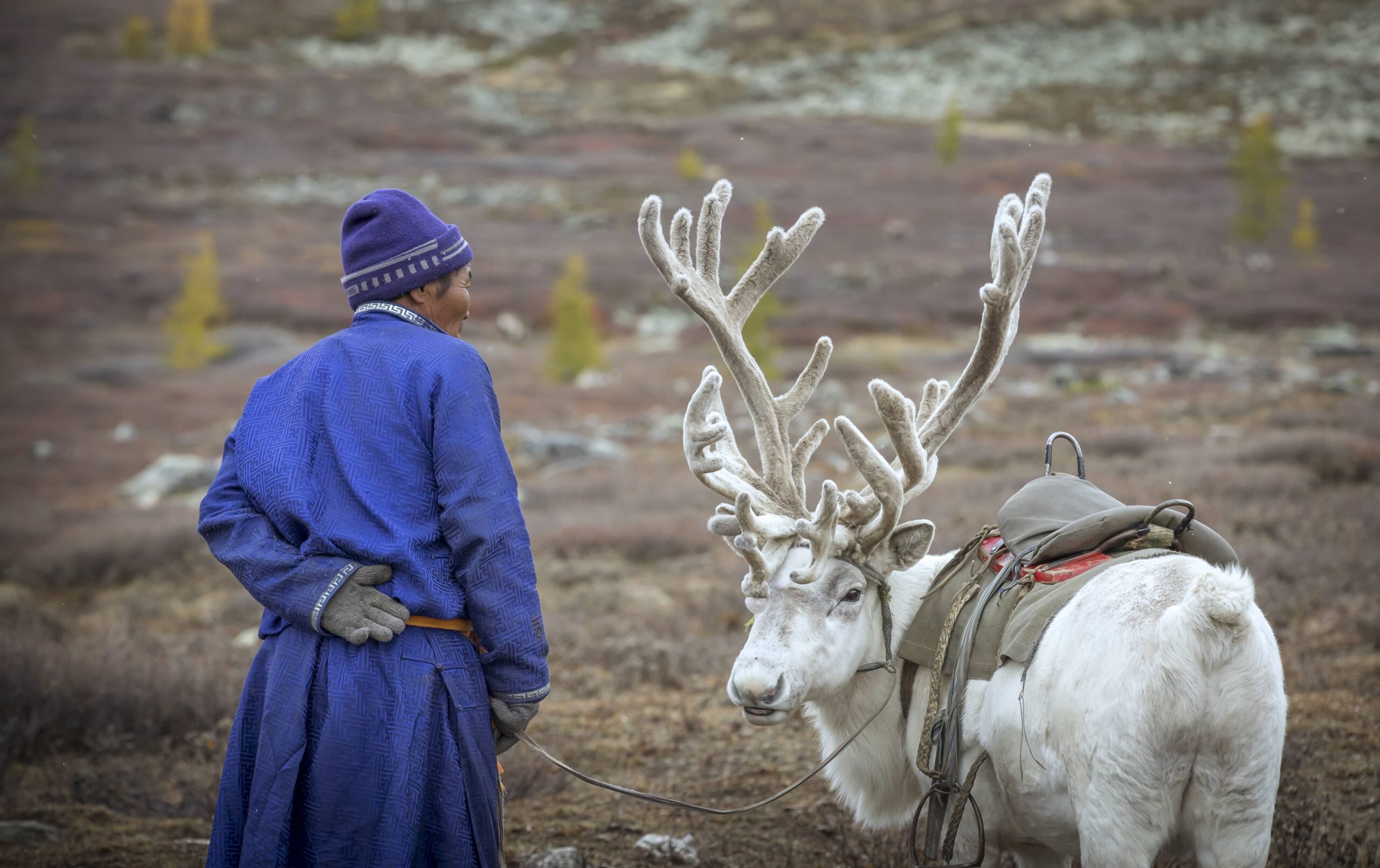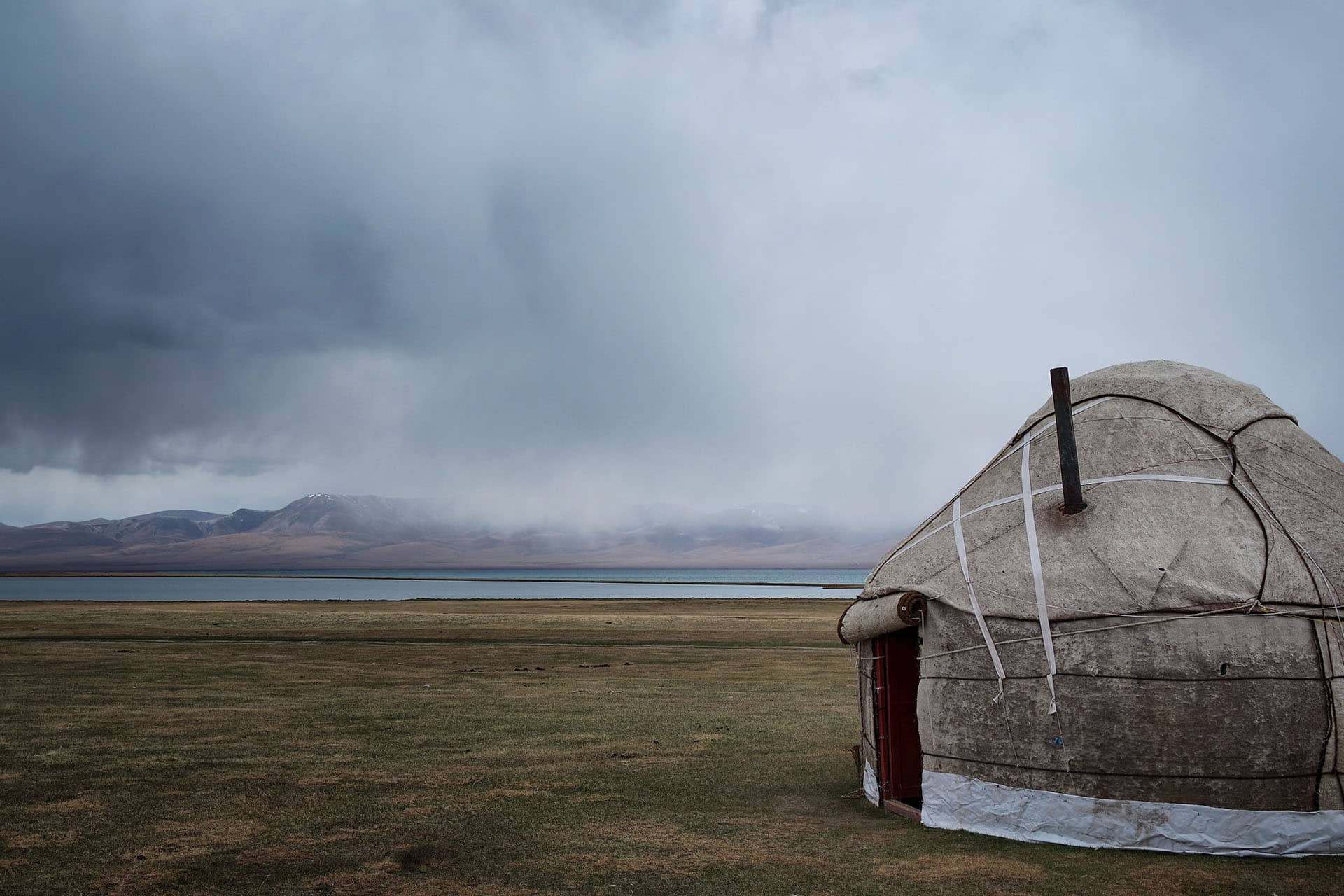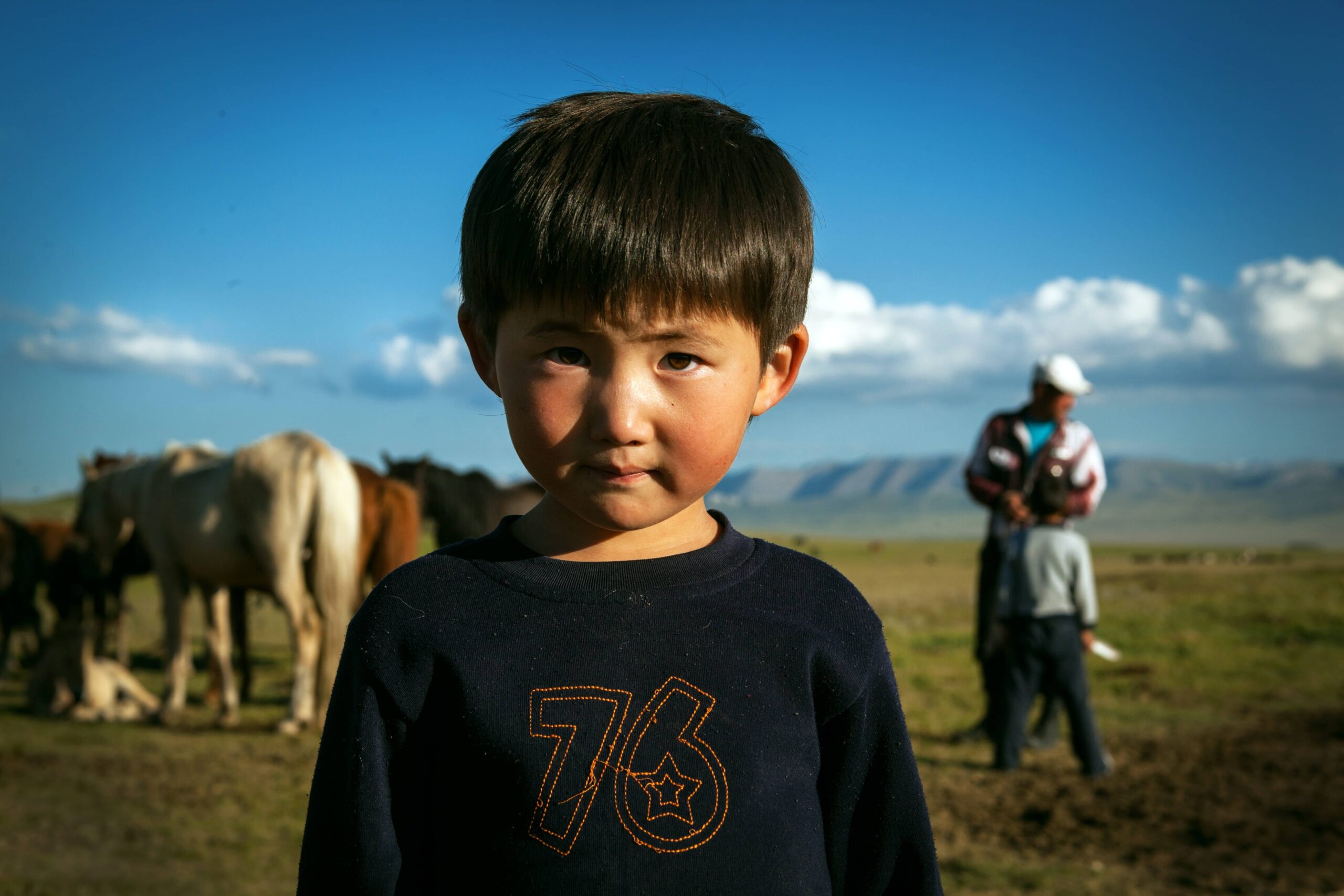Let's explore it
Russian Atlantides
short region information
LOCAL TIME | UTC+7 |
|---|---|
CLIMATE | Severe
|
CAPITAL | Kyzyl |
HOW TO GET | 5 hours by plane from Moscow |
HIGHLIGHT | Khoomey, The Valley of the Kings |
types of tourism
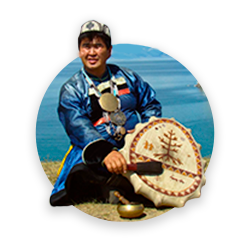
shamanism
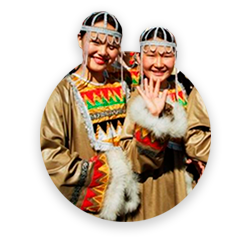
ethno

Nature

Active
Terra incognita
Reindeer, Camel and Nomads
The first thing that will surprise you is the climatic diversity of this region. Tyva is surrounded by mountains, and only from the south is open to the steppes. On a relatively small territory, there are as many as five different climatic zones: from permafrost to desert. Here the reindeer and the camel get along together.
Unlike neighboring Khakassia and Altai, real nomads still live in Tuva. They are called shepherds. They live the way their ancestors lived: they raise sheep and horses, herd cattle twice a year, live in yurts. The main food for them is meat and milk. The shepherds’ favorite drink is salty tea with milk and the main dish is khan. It is prepared from a whole ram, after which only the skin, horns and hooves remain. Tuvans believe that the khan will only come from a ram that was not afraid of death. So that the ram is not afraid, it is put into a trance, and then the trachea is cut with lightning speed.
Khoomey and Khuresh
The main export product of the Tuvans is khoomey, a unique technique of throat singing. The world tours of the singing groups are scheduled for the year ahead. The uniqueness of the phenomenon is that performers play several notes at the same time, forming a polyphonic melody. According to legend, once in the mountains, an orphan boy lived alone, who spent days listening to the air currents. The boy began to imitate the wind, trying to convey what he
had heard on his own. Tuvans heard him singing and called him “khoomey”, which means “throat” in Tuvan.
In addition to singing, Tuvans have one more meaningful ritual – khuresh wrestling. The origins of this type of fight go back to Mesopotamia to 3 century BC. In order to win, it is enough to knock the opponent to the ground or force him to touch the ground with any part of the body, except for the feet.
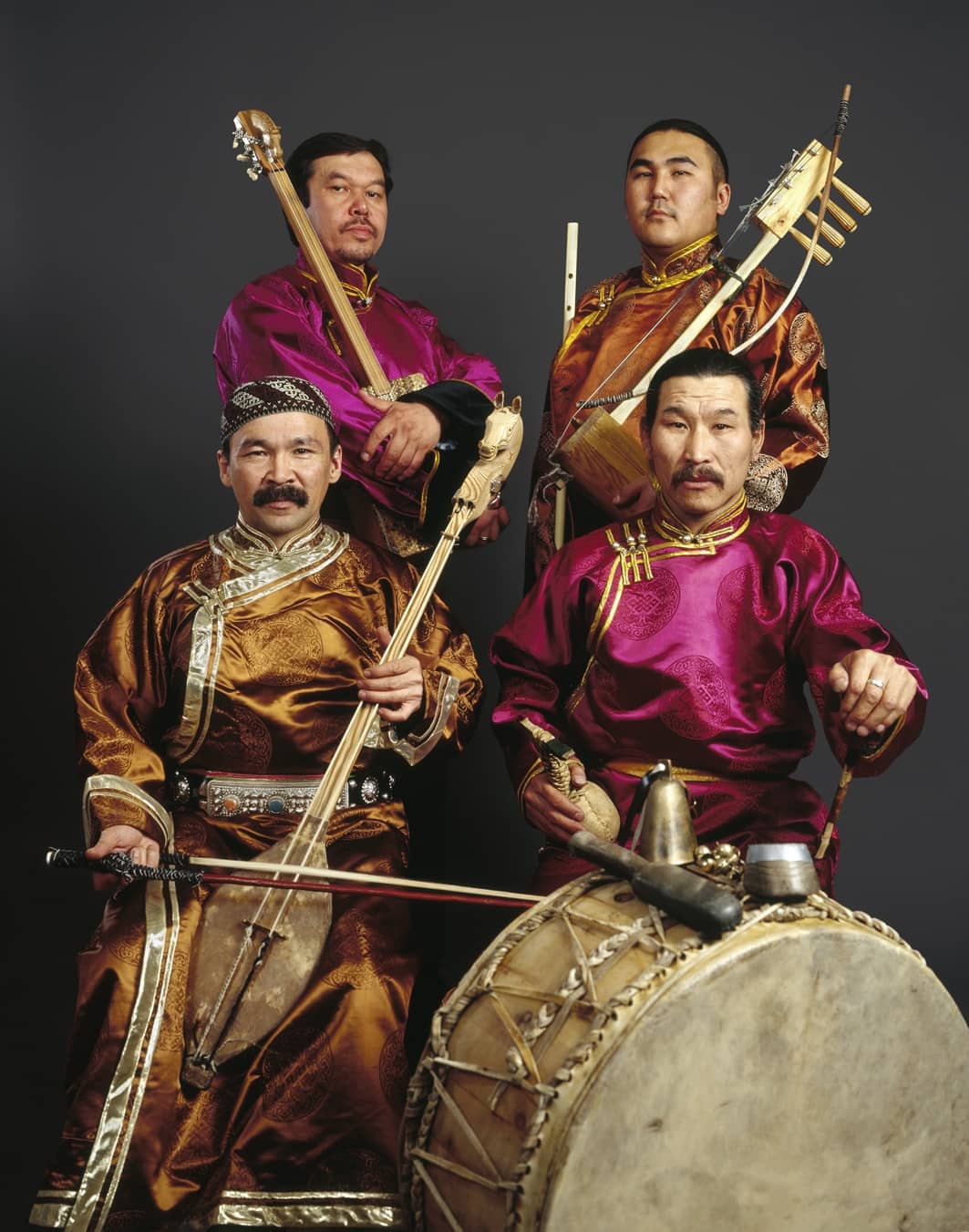
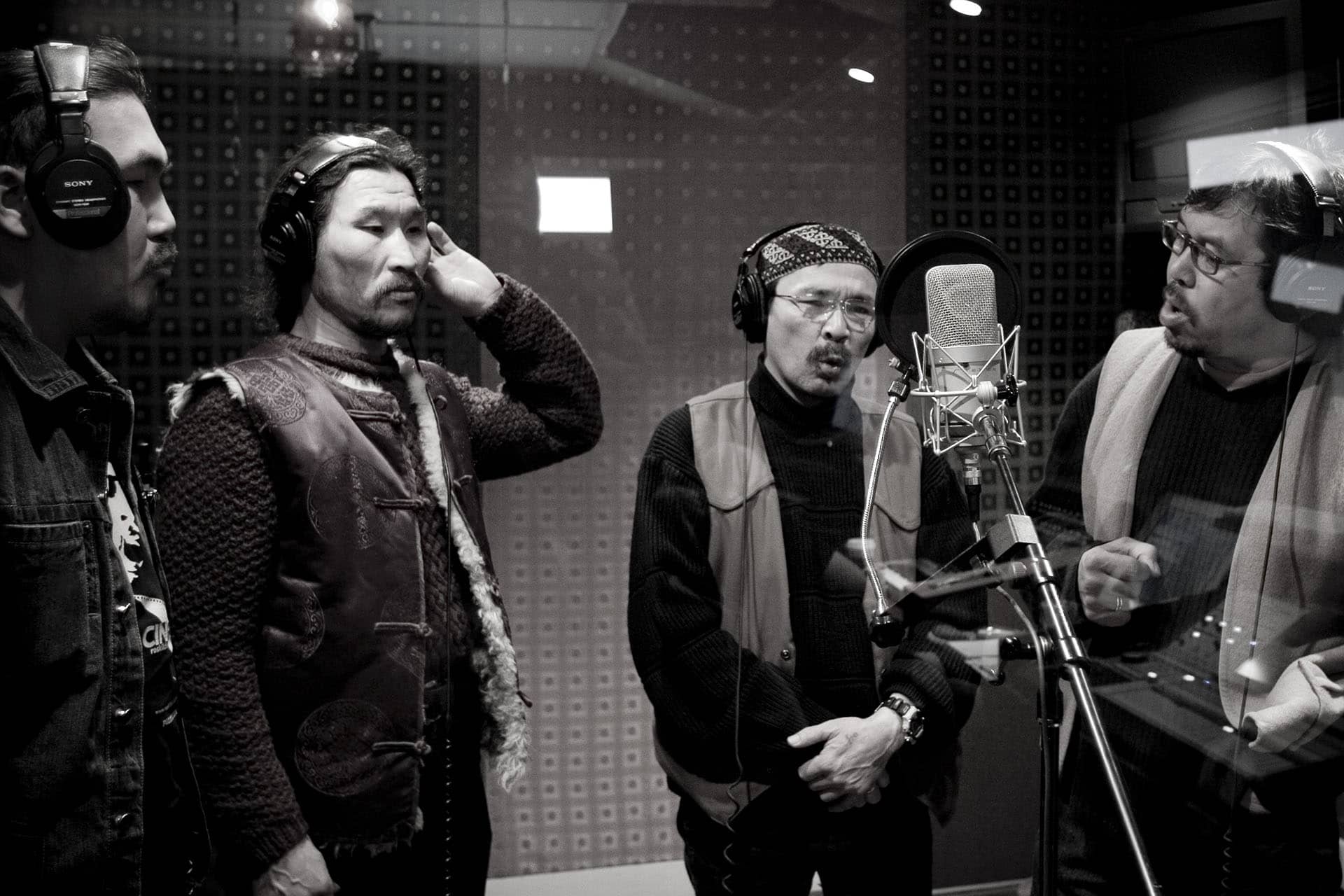
www.flickr.com/photos/58079764@N03
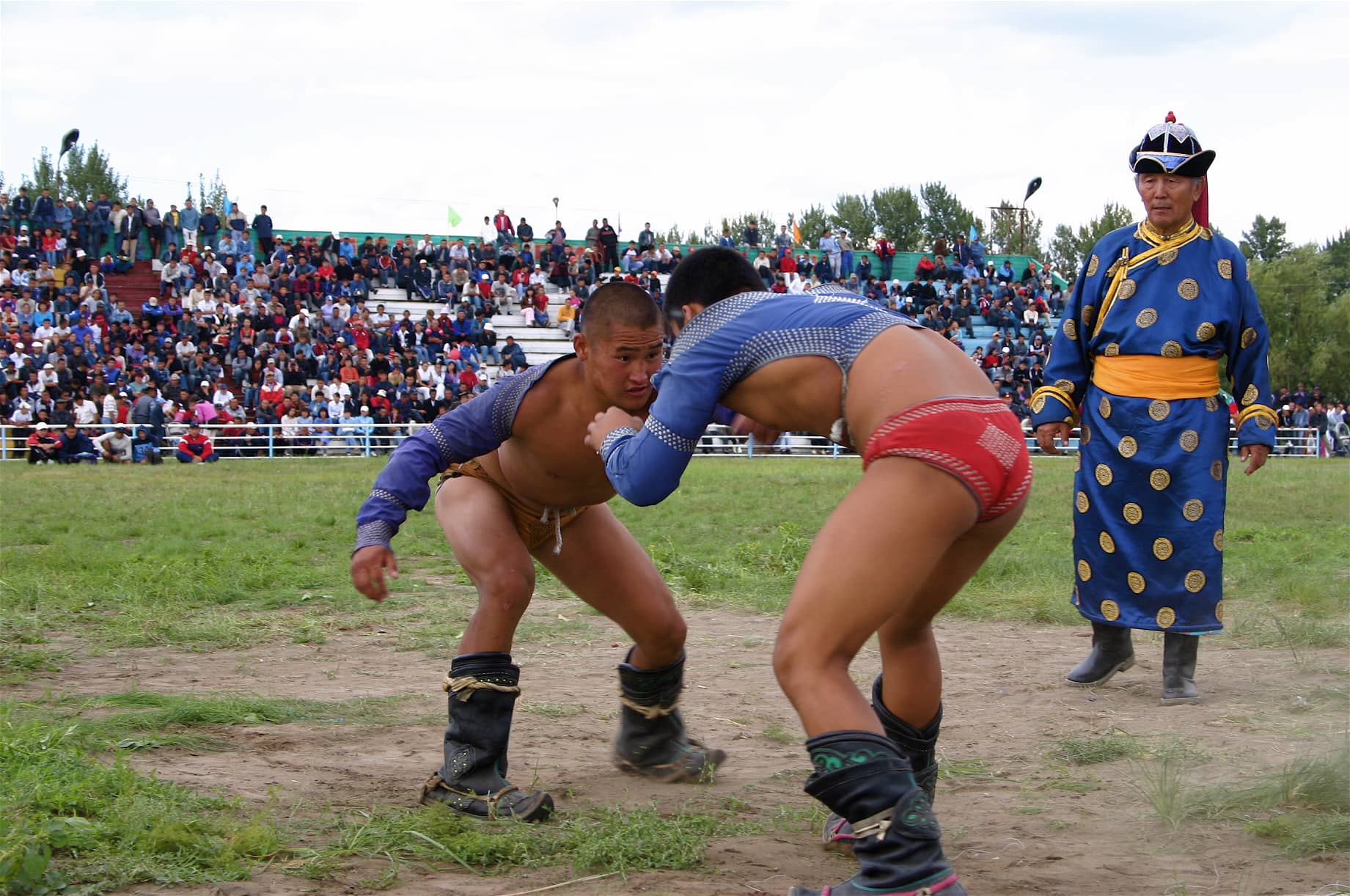
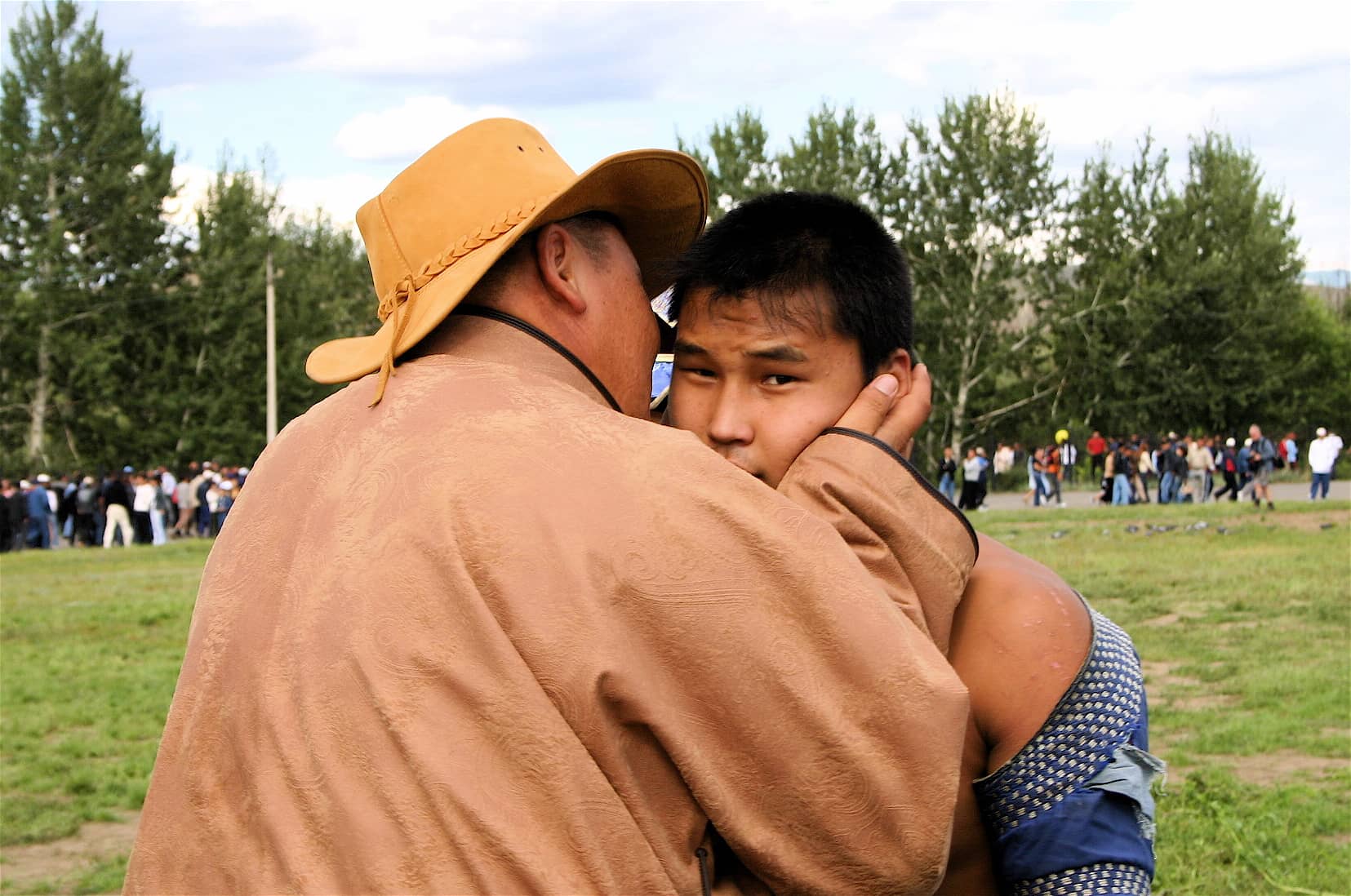
www.flickr.com/photos/stepa/
However, in this fight, there is no division into weight categories and there is no time limit for the fight. Khuresh is an extremely popular sport in Tuva. Champions become national heroes there.
Weaving of Faiths
There are two official religions in Tuva – Buddhism and … shamanism! Buddhism came here in the 18th century from China. In Soviet times, almost all the sanctuaries were destroyed, but now Tuvans are actively restoring them. So in 2012, the largest and most famous Buddhist monastery in Tuva – Ustuu – Khuree was opened.
Shamanism, on the other hand, is an older religion, which has not yielded its positions for hundreds of years. Shamans put out fires and heal people here, their magical practices are still a natural part of the life of local residents. Every second Tuvan turns to shamans for help and advice.
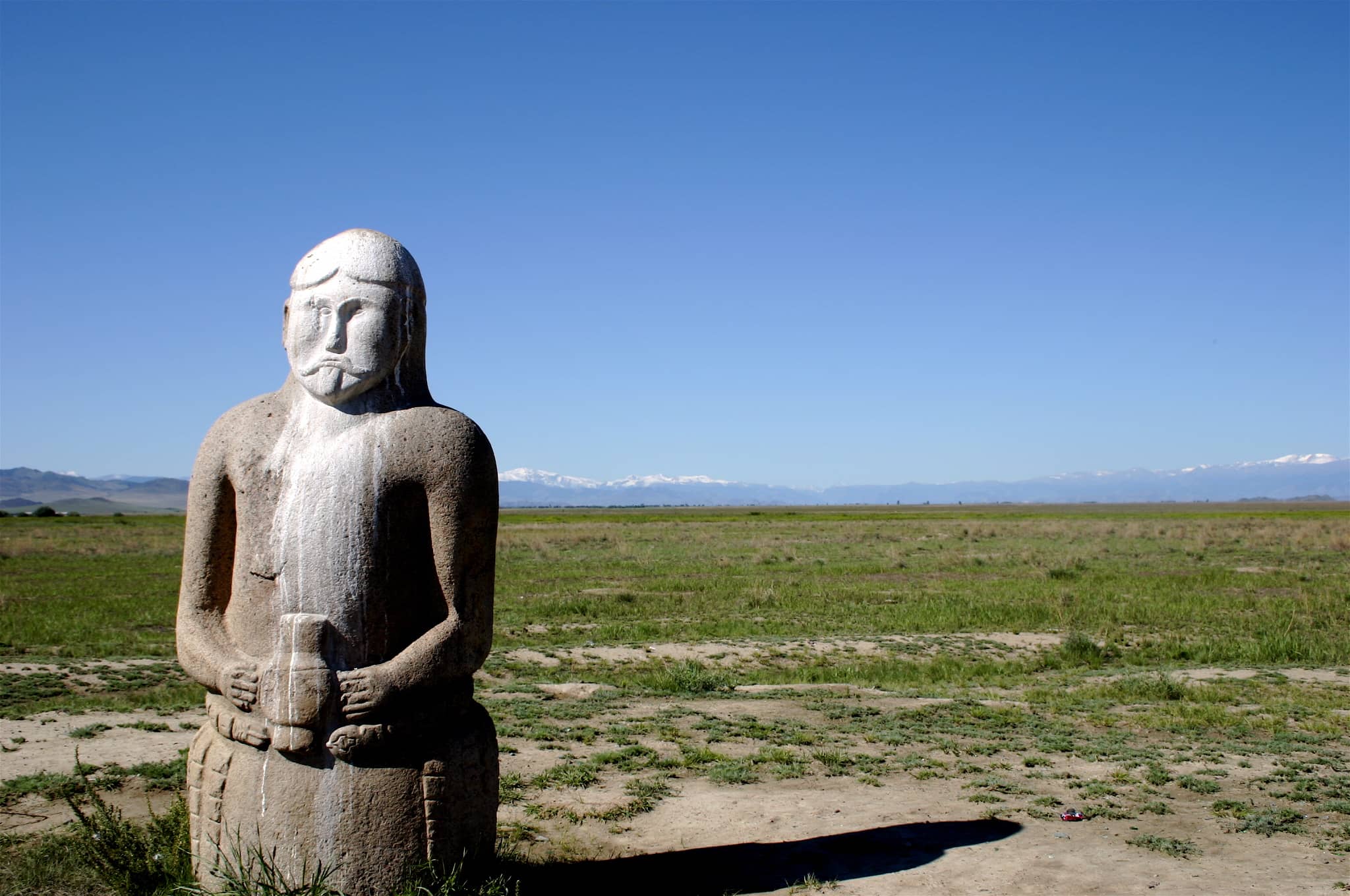
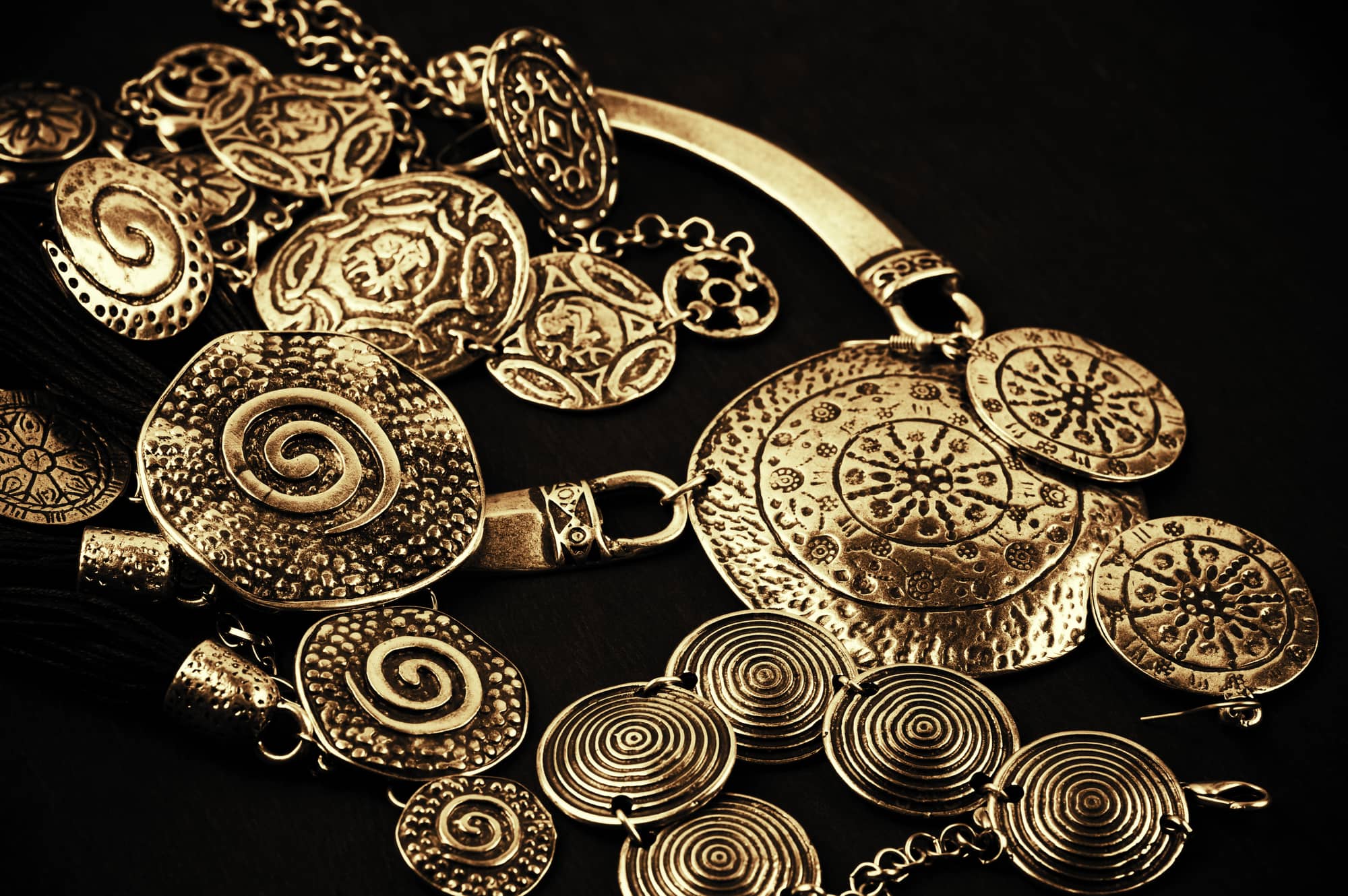
Scythian gold
The Valley of the Kings
Tuva is the cradle of the ancient nomadic culture. Thanks to excellent pastures, the first nomadic tribes of Eurasia lived on this territory, and here they built their phenomenal cemeteries. The Valley of the Kings is the site of ancient mass graves at the mouth of the Uyuk River in Tuva. These are several chains of burial mounds, inside which Scythian burials from the 9th-7th centuries BC were discovered.
The two largest burial mounds are named Arzhan 1 and Arzhan 2. Due to the permafrost, archaeologists managed to find preserved not only gold jewellery and human remains, but also fabrics and leather products. These findings have caused a sensation in the scientific world, they are compared to excavations in the Valley of the Kings of Egypt. The items that belonged to the royal couple amaze the imagination with their technique, grace, diminutiveness and complexity of composition. The main part of the collection is kept in the exposition of the National Museum in Kyzyl, some of the items are in the Hermitage.
try something new
Itineraries of Siberia
What Else
View More Destinations
want more?
More pictures inside the Gallery

